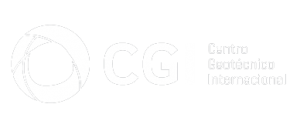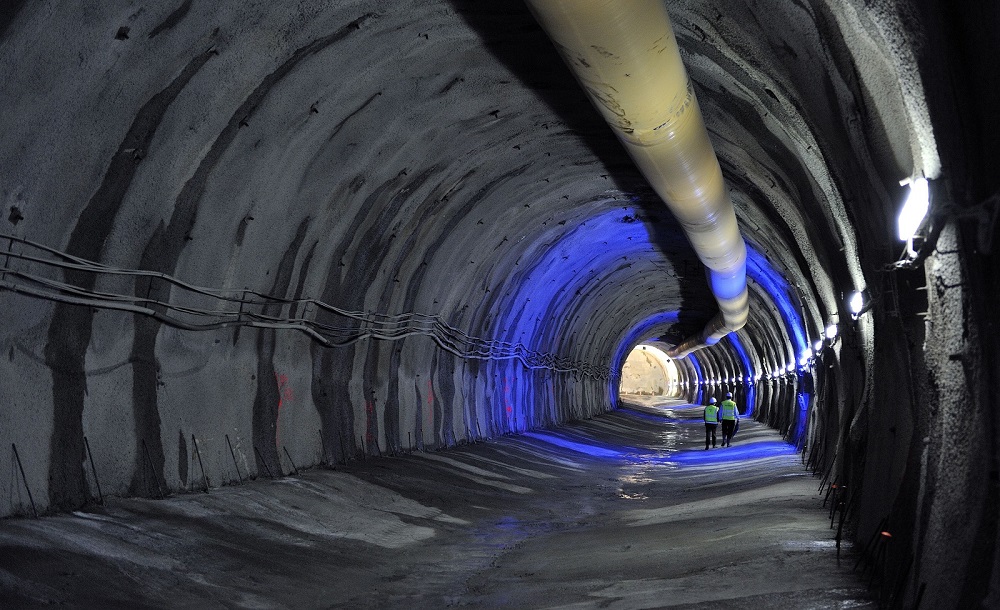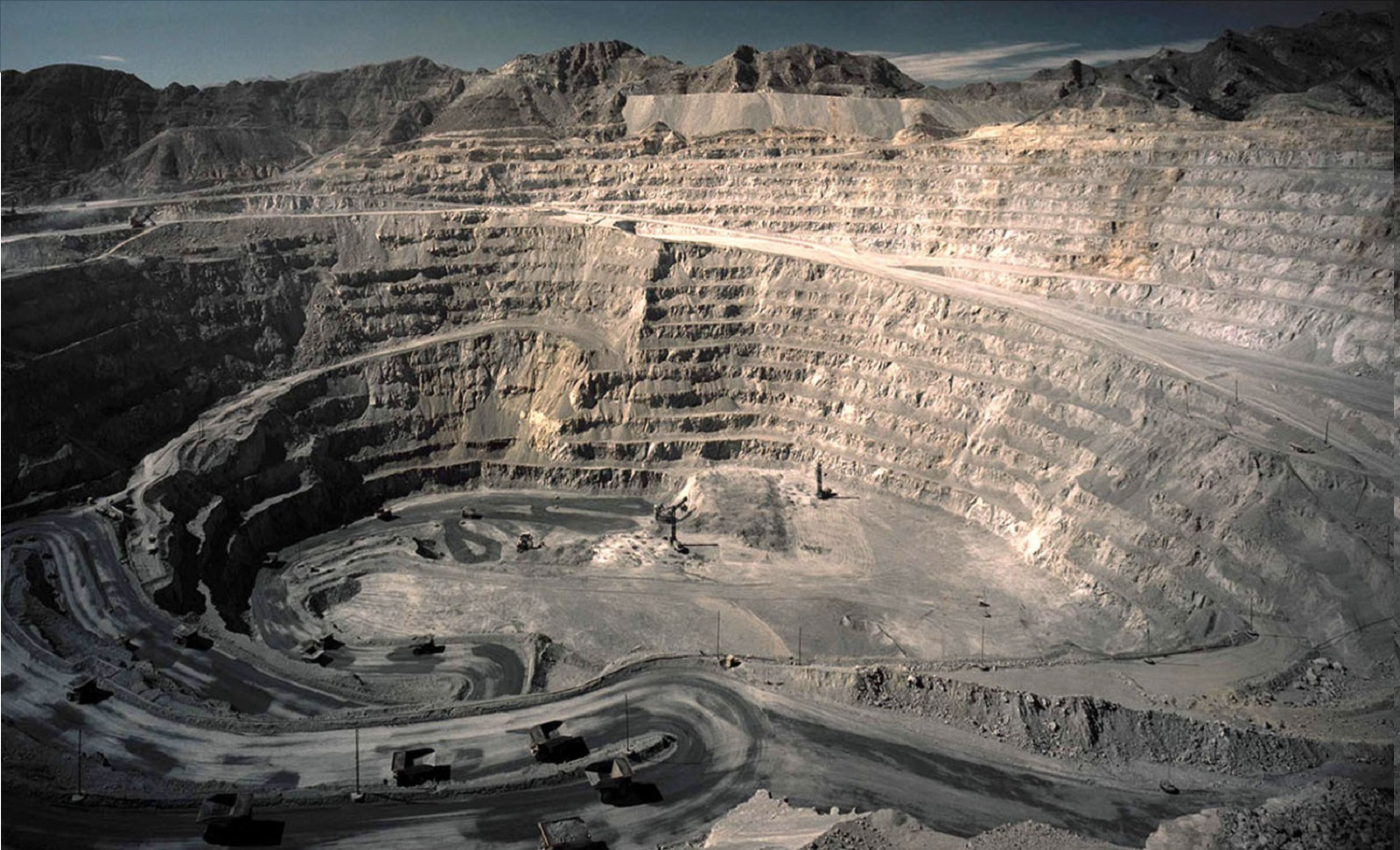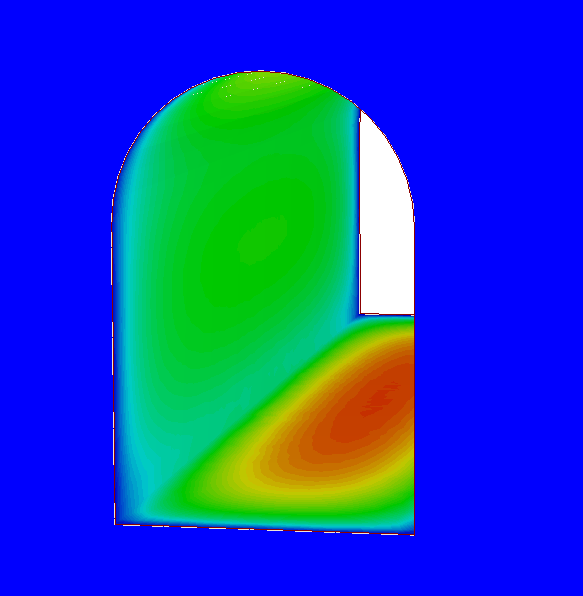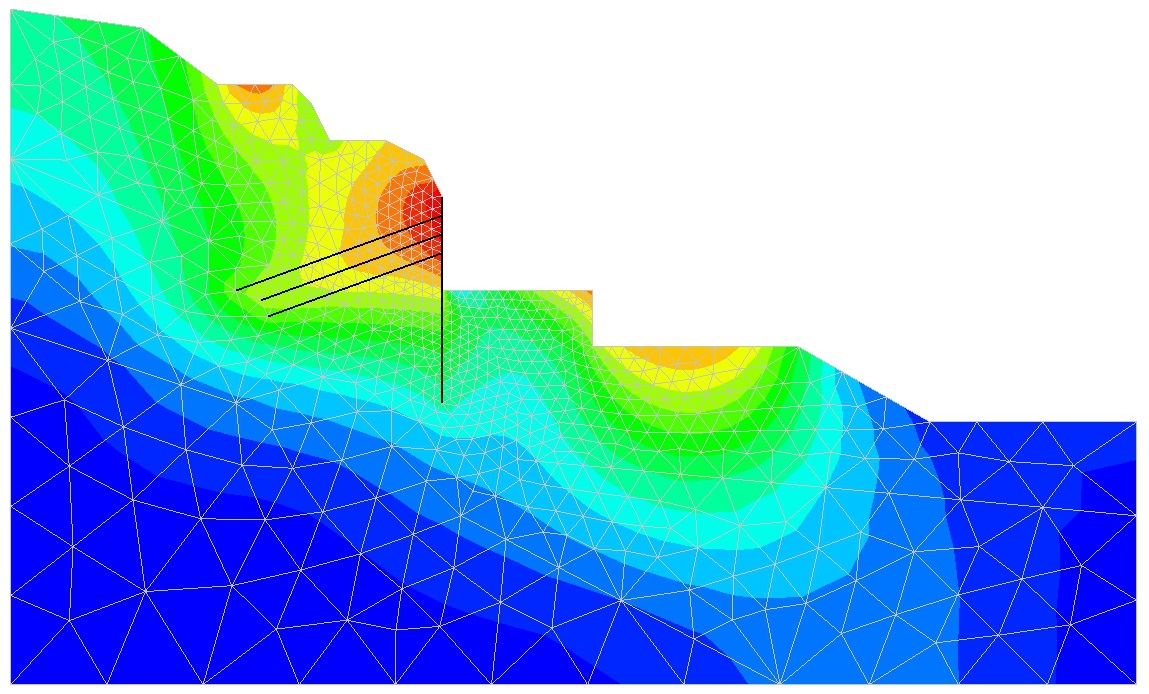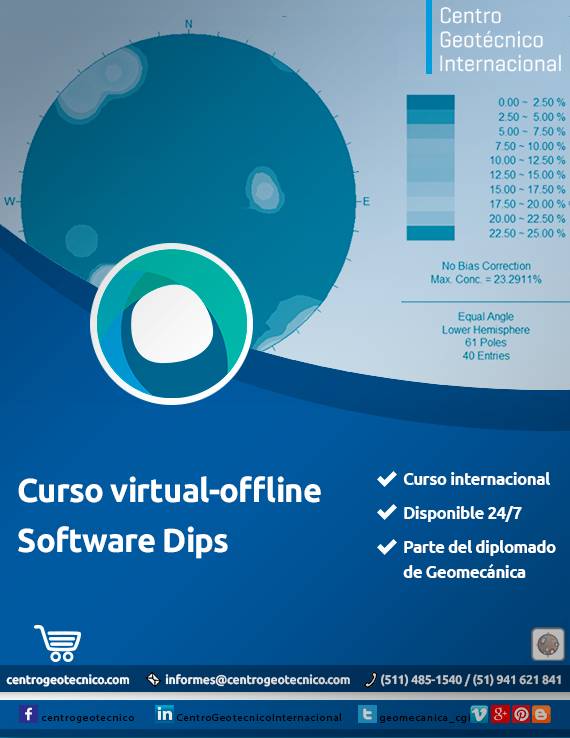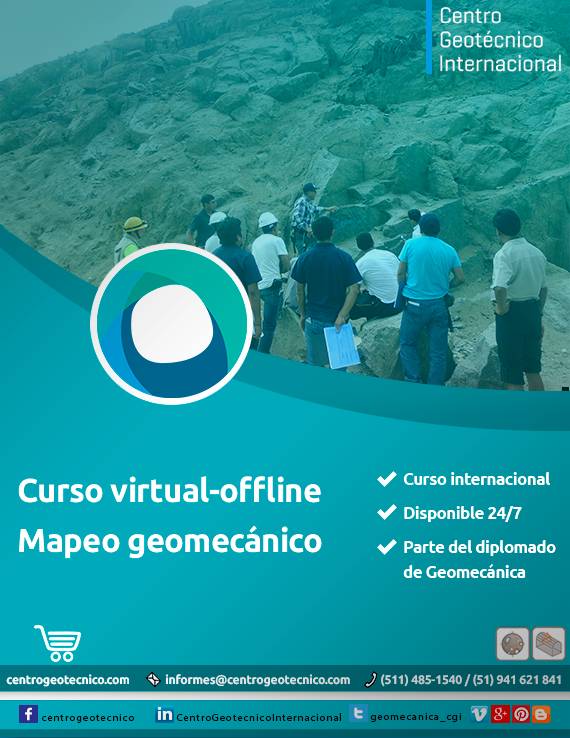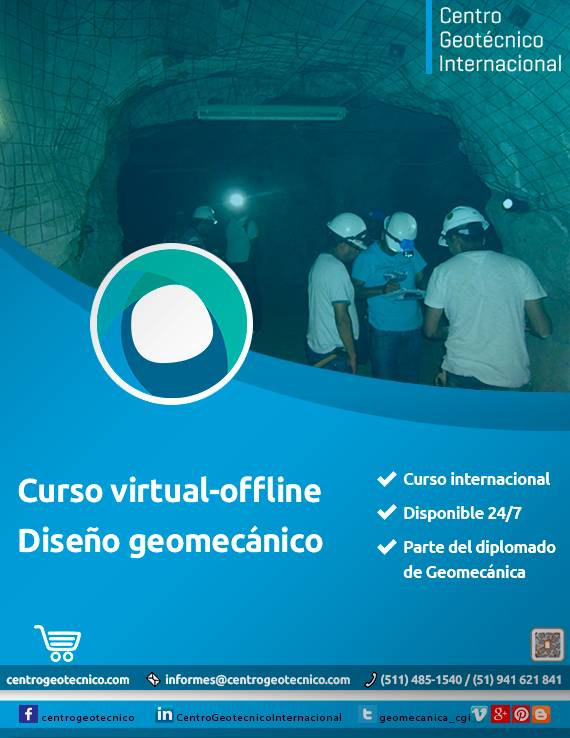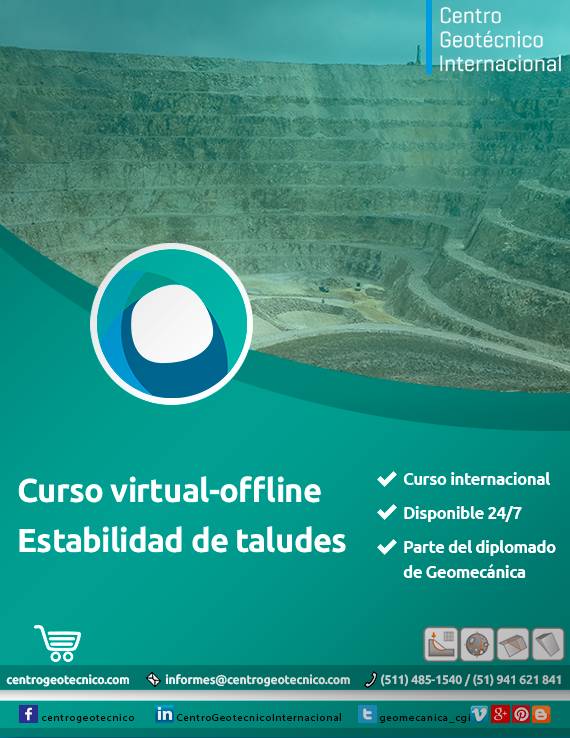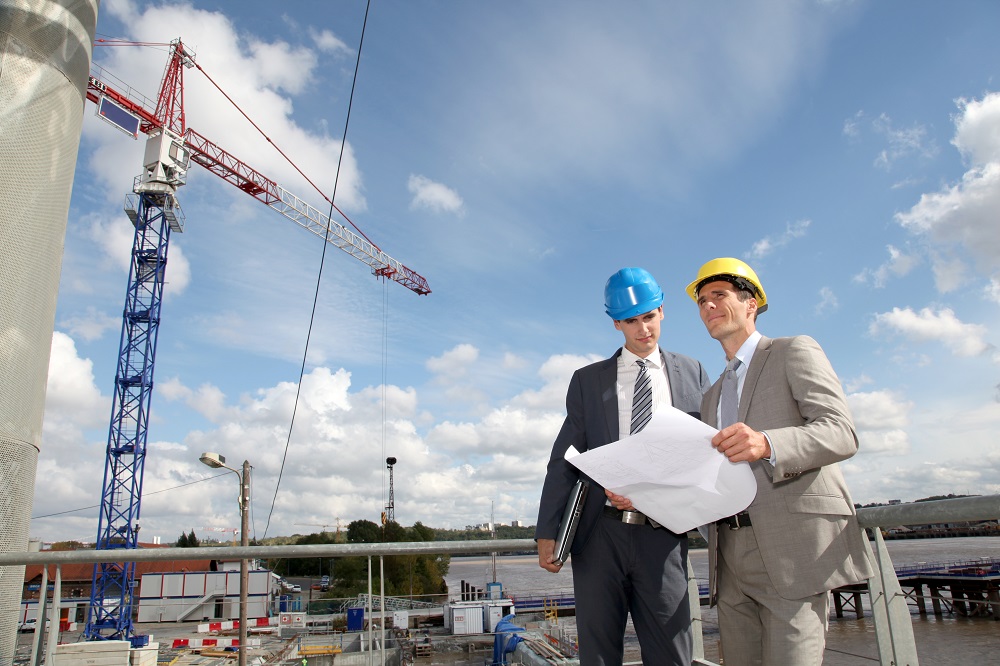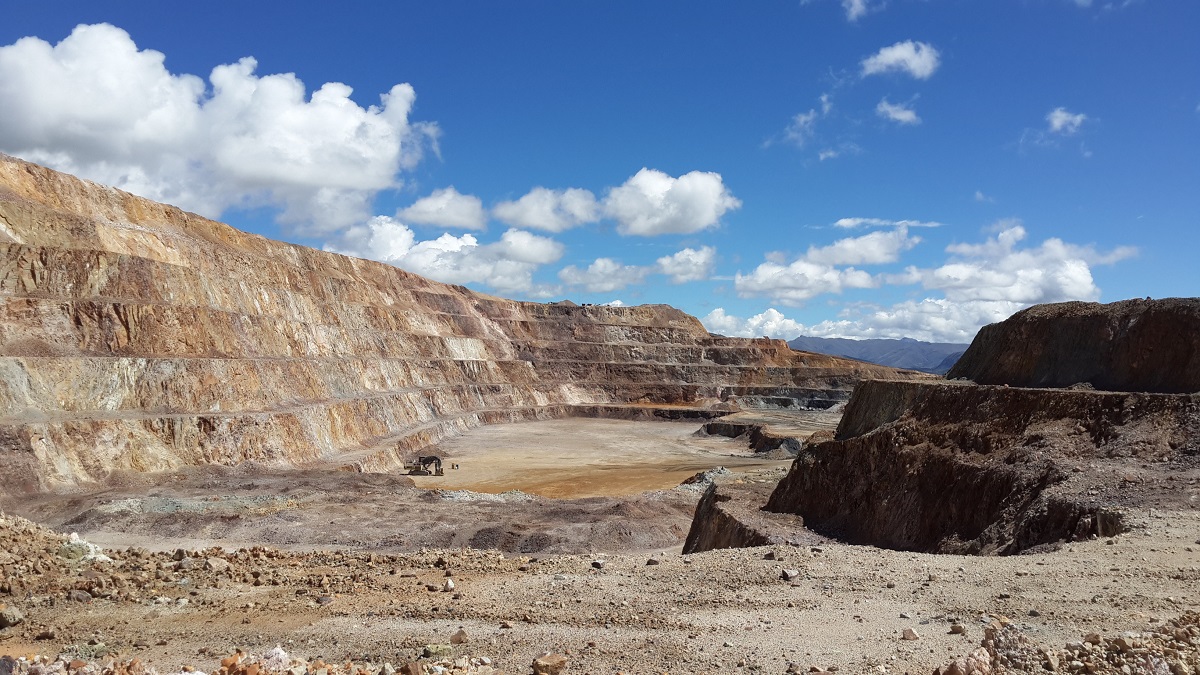Training modality
- 100% virtual offline modality (asynchronous, without class schedules, access 24 hours a day, all year round)
Duration
8 months
270 academic hours
Start date
You choose when to start your first module
AVAILABLE IN ALL COUNTRIES

The Diploma program is a global leader, featuring a flexible curriculum designed with our students in mind.
The International Diploma in Rock Engineering (DIR) imparts both theoretical and practical knowledge related to the design and support of stable rock excavations. By comprehending rock properties from both quantitative and qualitative perspectives, it becomes possible to engineer stable excavations in mining, tunnels, and other infrastructure projects.
Upon completion of the diploma, participants will possess an understanding of available support methods and their performance. This knowledge is utilized to select the optimal support required for excavation stability, considering relevant factors such as safety, service life, and cost-effectiveness
► Receive the certification on behalf of the International Geotechnical Center as a specialist in Rock Engineering.
► Receive training from a speaker with extensive experience in the field.
► Receive materials for each module, such as slides, manuals, and data that you can keep.
► Access to view the class videos for the modules through the CGI Virtual Campus.
► Ability to make necessary academic inquiries through the CGI Virtual Campus forum.
► Access the modules from wherever you are through your computer and the Internet.
► You will have a privileged view of the classes compared to an in-person diploma program.
► Module 1: Fundamentals of Rock Mechanics
* Introduction
* Geological setting
* Intact rock
* Discontinuities
* Rock mass
* Stresses in situ and induced
* Deformations
* Anisotropy and homogeneity
* Geomechanical classifications
* Application workshops
► Module 2: Analysis and processing of laboratory test of Rock Mechanics
* Introduction
- ASTM standards vs ISRM procedures
- Field vs laboratory tests
- Basic vs special essays
- Destructive vs non-destructive tests
- Rock tests vs discontinuity
* Reception, handling and preparation of rock samples
* Determination of intact rock index properties
- Specific weight
- Absorption
- Porosity
- Density
* Resistance tests on intact rock
- Direct: Simple compressive strength (UCS)
- Indirect: Point Load Test (PLT)
- Resistance to triaxial compression of rocks (TX)
- Indirect tensile strength of rocks (Brazilian Method)
* Shear resistance on discontinuity surfaces
- Natural vs simulated discontinuity
* Test for determination of elastic constants
- Young's modulus
- Poisson's Ratio
* Durability tests
* Permeability tests
* Sonic wave velocity tests
* Acoustic emission tests
* Examples and exercises
► Module 3: Geomechanical mapping for tunnels and/or underground excavations
UNIT 1: Introduction
* Geomechanical concepts
* Types of geomechanical mapping: RMR, Q and GSI
* Types of mappings structural mapping (correct use of the compass)
* Stereographic projection of discontinuities
* Structurally controlled analysis, Kinematic analysis of wedges
* Application workshops:
- Stereographic projection of discontinuities (Application of Dips software)
- Structurally controlled analysis, Kinematic analysis of wedges (Application of Unwedge software).
UNIT 2: Estimation of the principal stress orientation:
* Application of the vector method
* Stereographic projections - Conjugate faults
UNIT 3: Video presentation of geomechanical mapping in the field
UNIT 4: Use of the Brunton compass
UNIT 5: Use of the Schmidt Hammer
UNIT 6: Use of the Barton comb
UNIT 7: Bieniawski's geomechanical classification - RMR
UNIT 8: Barton's geomechanical classification - Q
UNIT 9: Geomechanical classification of GSI – Hoek
► Module 4: Support design for tunnels and/or mining excavations
UNIT 1. Methodologies for designing supports
* Geomechanical Classifications:
- Terzaghi, Stini and Lauffer, RQD, Wickham, RMR Bieniawski, Q Barton, Laubscher, Rabcewicz, Protodyakonov, GSI and NATM
- Geomechanical classifications workshop
* Computer-assisted numerical methods:
- Support design workshop through:
• Phase2 software
• RocSupport software (Roca—Support interaction methodology)
* Support in mining excavations and/or tunnels
- Mining work
• Support with rock bolts
* Workshop: Bolt sizing
• Support with Shotcrete.
* Workshop: Shotcrete Design
• Support with metal formwork
• Various Sustainability:
* Electrowelded Mesh, Struts, Wooden Frames, others
UNIT 2. Sustainability design for civil works
* Support for tunnel portals
* Support by piles
* Support through concrete formwork
* Support for hydropower tunnels
* Support for road tunnels
► Module 5: Analysis of stability in underground excavations
* Introduction
- Failure mechanisms in rock mechanics
- Failure mechanisms in surface vs. underground mining
- Structurally controlled and gravity triggered mechanisms
- Mechanisms controlled by the global resistance of the RM and triggered by the concentration of induced efforts
* Structurally controlled underground analysis
- Tetrahedral wedges: Stereography & interpretation
- Shear strength properties of discontinuities
- Mohr – Coulomb (M-C) linear failure criterion
- Barton – Bandis (B-B) nonlinear failure criterion
* Calculation of the factor of safety (FoS) of unstable cradle-type blocks
- Interpretation of results
* Calculation of probability of failure (PoF) of cradle-type unstable blocks
- Interpretation of results
* Tenso Analysis - deformation for underground excavations
- Global strength properties of the jointed rock mass
- Generalized Hoek – Brown nonlinear failure criterion (H-B-G)
- Parameters of resistance (c – Φ) and deformability (E – ν)
* In-Situ forces vs. induced forces
* In situ stress field measurement tests
- Measurements in the field and/or terrain
- Equations and/or empirical correlations
* Definition of the field of efforts In Situ: Sigma 1 – Sigma 2 – Sigma 3
- Types of constant and/or gravitational stress field
* Calculation of the resistance factor (SF) in underground excavations
- Use and abuse
- Interpretation of results
* Elastic analysis vs plastic analysis in underground excavations
- Interpretation of results
* Examples and exercises: Software Dips/Unwedge/RS2/RS3
► Module 6: Geomechanical design of underground excavations and/or tunnels
UNIT 1: Introduction
UNIT 2: Selection of the exploitation method
* Nicholas Methodology
* Nicholas methodology application workshop
UNIT 3: Excavation sizing methods:
* Barton methodology (Q)
* Workshop applying Barton's methodology (Q)
UNIT 4: Excavation sizing methods:
* Mathews Methodology (Graphical Stability Method - MGE)
* Workshop on the Graphical Stability Method - MGE
UNIT 5: Excavation sizing methods:
* Lausbcher methodology (sinking analysis)
* Workshop applying the Laubscher methodology
UNIT 6: Design of mining pillars and bridges:
* Definition of pillars, forces acting on the pillars
* Concept of Tax area
* Pillar failure mechanism
* Effect of geology
* Pillar-roof-floor interaction
* Empirical design methods
* Resistance calculation
- Coates methodology
- Pakalnis methodology
- Laubscher methodology
* Numerical modeling and case analysis
* Pillar and bridge design application workshop
- Methodology of the Tax Area
- Pakalnis methodology
► Module 7: Analysis of stability in surface excavations
* Introduction
- Failure mechanisms in rock mechanics
- Failure mechanisms in surface vs. underground mining
- Structurally controlled mechanisms
- Mechanisms controlled by the global resistance of the MR
- Evaluation of the stability of slopes in mining
* Structurally controlled analysis on slopes
- Planar faults, cradles and rollovers: Stereography and interpretation
- Shear strength properties of discontinuities
- Mohr – Coulomb (M-C) linear failure criterion
- Barton – Bandis (B-B) nonlinear failure criterion
* Calculation of the factor of safety (FoS) of unstable blocks
- Interpretation of results
* Calculation of the probability of failure (PoF) of unstable blocks
- Interpretation of results
* Stress analysis - deformation for superficial excavations
- Global strength properties of the jointed rock mass
- Generalized Hoek – Brown nonlinear failure criterion (H-B-G)
- Parameters of resistance (c – Φ) and deformability (E – ν)
- Cutting resistance reduction method
- Calculation of the resistance reduction factor (SRF)
* In-Situ forces vs. induced forces
- Types of constant and/or gravitational stress field
* Comparison of results
- Strength Reduction Factor (SRF) from FEM
- Safety factor (FS) - Static/Pseudo-Static- from LEM
* Plastic analysis in superficial excavations
- Interpretation of results
* Examples and exercises: Software Dips/Swedge/Slide2D/Slide3D/RS2/RS3
► Module 8: Slope stability in soils and rocks
[Slide, Dips, RocPlane and Swedge software workshop]
UNIT 1: Introduction to slope stability analysis
* Dips software application workshop
UNIT 2: Geomechanical classifications
UNIT 3: Classification of mass movements
UNIT 4: Methods of geotechnical geological investigations for slopes
UNIT 5: Rock slope stability analysis models
* Application workshop on the use of Swedge and Rocplane software
UNIT 6: Slope stability analysis models in soils
* Application workshop on the use of Slide software
UNIT 7: Kinematic analysis of slopes (planar failure, wedge and overturning)
* Dips software application workshop
UNIT 8: Software Slide
* Explanation of the software environment and case development
► Module 9: Thesis Project
* Definition of lines of research
* Advice and support in the development of the thesis
* Review of the theses
The modality presented is the “Virtual-OFFLINE” (Virtual asynchronous). At the end of each course, you must take an exam to pass it and move on to the next course.
You will be assigned the tutoring of a specialist and there will be no limitations in terms of access hours or consultations with the speaker, this promotes that you be trained efficiently. The hours dedicated to each module must be managed assertively to optimize the benefit. You will experience all of the above through our virtual campus, which will also allow us to monitor your progress.
Professionals and technicians who work in mining, construction and/or energy companies and are working in the areas of engineering, rock engineering, rock mechanics, planning, geotechnics, geomechanics, geology, mining safety and professionals who require greater knowledge her.
Likewise, professionals from mining contracting companies, infrastructure, consultants, university professors and students and the general public who are involved in the topic.
8 months. 270 academic hours are accredited
The Diploma is available at all times. The start date of the same will be based on your availability of time.
- Enrolled in different online courses
"I appreciate for the knowledge as it improves my knowledge for rock mechanics as applied in tunneling and open pits excavations. Best to acquire the knowledge regarding the rock mechanics for support and excavation in mining Works”
Thomas Joachim Lyaupe
Project geologist
Tanesco
TANZANIA

"The course was interesting and for me as a professional it can be implemented in my works. The course diploma that i had enroll right now is really added to my knowledge in mining geomechanics. The lecturer here is also very competent so what they teached us is understanable”
Arthur Gemas Pradhana Nayoan
Geologist - Exploration and Geotechnics
PT Billy Group Indonesia
INDONESIA

"I have just finished my first module of the course. I can say that this module was complet, I had a general concept of all the area involved in Rock Mechanics and could develop a basic and valuable knowledge of the principles of the Rock Mechanics. I strongly recommend this course. Excited for the next modules. I am really enjoying the course. I will probably start another course with CGI in the future”
Juliano Fabris
Geotechnical Engeneering - Geologist
Balfour Beatty
ENGLAND

“The course is entirely exciting and well added with enough required theoretical and practical study materials. It's very well developed in accordance with the demand of current need of knowledge in the tunneling industry. It was nice experience throughout the registration”
Sushant Gaurav
Balfour Beatty
Geologist - Tech Specialist - Design & Engineering
INDIA

"The diploma is a valuable and specialized educational program that equips students with the necessary skills and knowledge to pursue a career in this field. Before the end, I've been promoted from Geotechnical technician to Junior geotechnical engineer, as I started demonstrating a better understanding of Geotechnical concepts and applications in underground mine. The recommendations and observations provided earlier can help enhance the learning experience for students and further improve the effectiveness of the diploma program. I strongly recommend this diploma to those wanted to acquire knowledge in geotechnics. Congratulations to the staff and thank you for the support”
Zoubga Patindsongré Ahmed Jaber
Geotechnical Technician
Endeavour Mining - Mana Mine
BURKINA FASO

To serve you correctly, we handle different quotes that are based on the different needs of our clients.
We have implemented an automated system that will take care of it. We would appreciate it if you register and the system will automatically send you the email you register:
► Brochure of the diploma (modality, duration, curriculum, others)
NOTE: This registration will not generate any commitment with our institution, the objective is to be able to send you the information of the graduate.
Survey of 100% enrolled students based on a scale of 1 to 5.





It is recommended that the registrant must have the following:
• Basic knowledge of rock mechanics and geomechanics
• Experience in projects involving excavations in rock masses (desirable)
• Personal computer
• Good internet connection (recommended)
In order to enroll in our courses, write to the following email: information@centrogeotecnico.com
For consultations contact the following telephones:
CGI PERÚ: ✆Fijo:(511) 485-1540 / 642-9705, Móvil-Whatsapp (51) 933 740 231
CGI CHILE: ✆ Fijo:(56) 232109658
CGI MEXICO: ✆ Fijo:(52) 5541708066
CGI ARGENTINA: ✆ Fijo:(54) 1152188717
CGI USA: ✆ Fijo:(1) 3473445811
CGI INTERNACIONAL: Mobile-Whatsapp (+51) 933 740 231
We can also assist you online through our chat (see in lower right corner).
1. When does the Diploma start?
Answer:
The diploma does not have a start date, since it is developed in the virtual offline mode. You can start at any time, depending on your time availability. Likewise, the development of the diploma is individual, it is not required that there be a number of participants for the diploma to start.
2. Is there a specific start date or can I access it whenever I want, once the amounts have been paid?
Answer:
You can start the diploma course immediately, if you request it. The activation of the same is carried out in a time not exceeding two business days.
3. I see that in the diploma course you use some softwares. Do you facilitate the softwares? If I don't have any software, Phase2 for example, do you provide any facility to get them?
Answer:
We do not grant the software that will be used in the workshops because it is copyrighted by the Rocscience firm. We have a module on the virtual campus which will give you access to request a temporary license from the firm Rocscience. Rocscience on average takes 24 hours to send you the download links and you will be able to use it for about 15 days. The programs with a temporary license are complete and there are no limitations in their functions and they allow you to record the cases that you develop in them.
4. If one of the softwares is new to me, in the content of the diploma do you teach its management?
Answer:
Yes. Software is applied in all Diploma modules. It starts at the basic level and progresses to advanced levels. There is the possibility of developing cases raised by students.
5.- Is the modality that you apply 100% virtual? In my case, I am in Costa Rica.
Answer:
Yes, it will be developed on a virtual platform from which the teacher and students will connect to the class, only with a computer and the Internet you will be able to participate. The diploma is available in all countries.
6.- I have taken virtual courses and diplomas in other institutions and I have bad experiences (my questions were never answered, I did not have the support of the tutor, I had problems accessing the virtual campus, among others). Why should you trust the International Geotechnical Center?
Answer:
We are sorry for the bad experience you had. One of the pillars of success of our institution is that it is directed by specialists in Geomechanics and Geotechnics (and this is vital to differentiate ourselves from the competition). The aforementioned guarantees us to know our clients and their needs (specialized curriculum, atypical work rhythm, remote location in some cases, others). This is why the International Geotechnical Center has developed training programs that meet the needs of professionals. The hundreds of clients who have trusted us attest to this.
7.- I am a technician with experience in Geomechanics. Can I participate in the diploma course?
Answer:
Yes. Technicians, university students, engineers, masters, doctors, post-doctors and the general public related to the professional field can participate in the diploma.
8. I reside in Argentina. I would like to know if the certificates and diploma of the diploma are valid in my country.
Answer:
Our diploma course does not grant you a degree unlike a professional career or another. Its objective is to specialize in Geomechanics and Geotechnics. If required by the employer or other institution, to verify that you have taken a course, program or diploma with us, we have a verification system. Each certificate and diploma has a unique identification code.
9. Do you indicate in the certificate the virtual modality and who certifies?
Answer:
The certificates do not indicate the virtual modality of the diploma. Certificates and diplomas are issued by the International Geotechnical Center.
10. Are there discounts for registering multiple people? We are three engineers from a company in Colombia.
Answer:
We do have discounts. You can check our special group prices.
11. I am currently unemployed. Are there special prices for these cases?
Answer:
CGI's policy is always to support all of our clients. We have cash and parts payment facilities. Contact us at: information@centrogeotecnico.com
12. I have never been trained virtually. Will it be difficult to train?
Answer:
It is not difficult to train. The platform to be used is very intuitive and easy to use, in addition, you will have an advisor who will guide you in case your access is complicated.
INFORMATION AND QUERIES:
We can attend to your queries regarding our Diploma course.
Please provide us with some information so a representative can reach you
